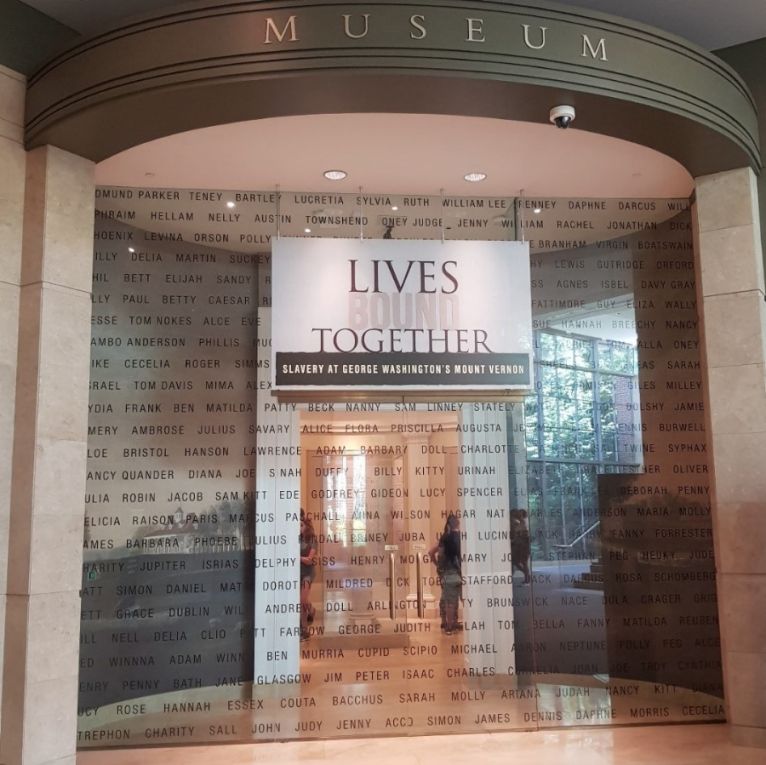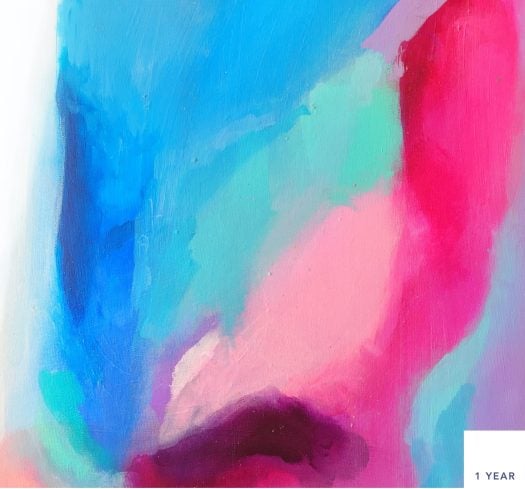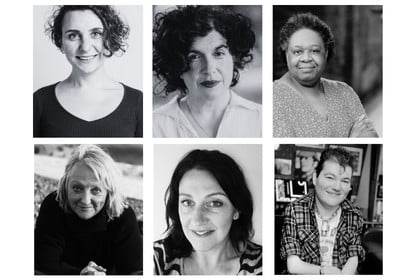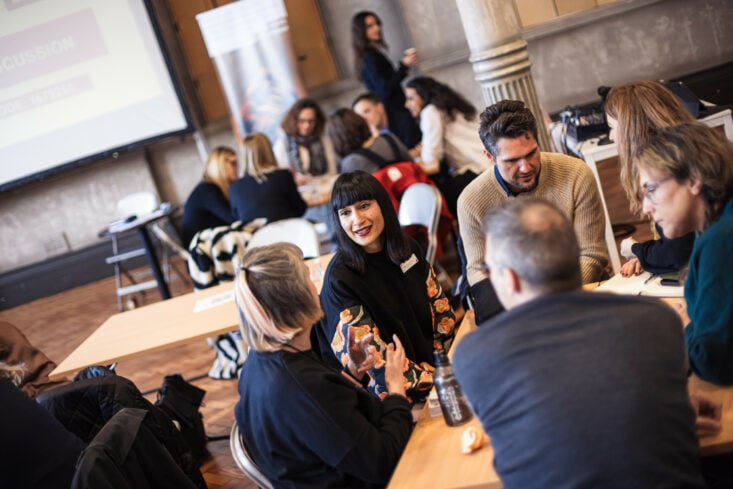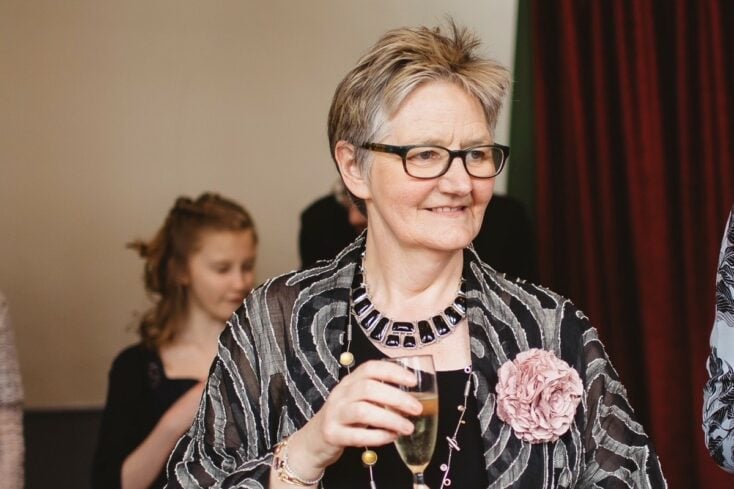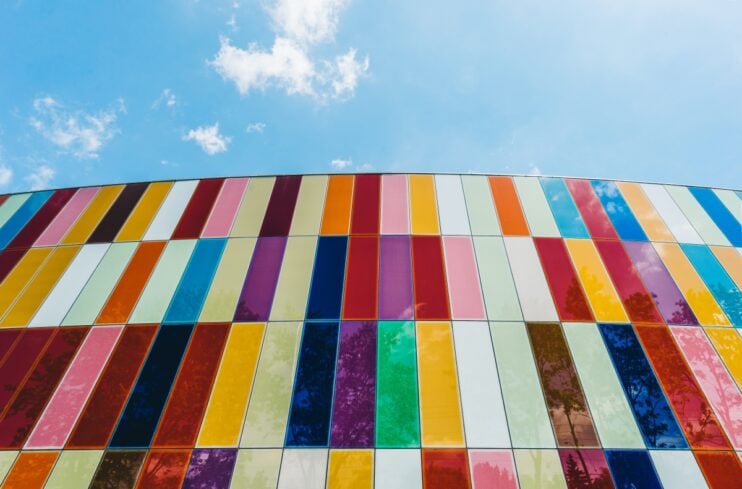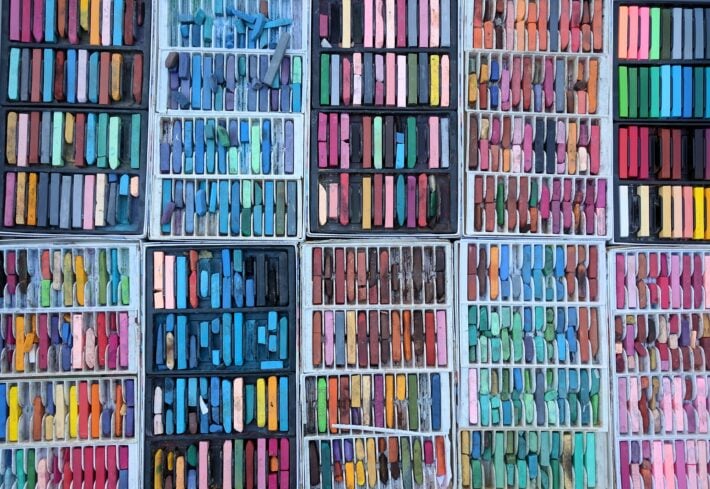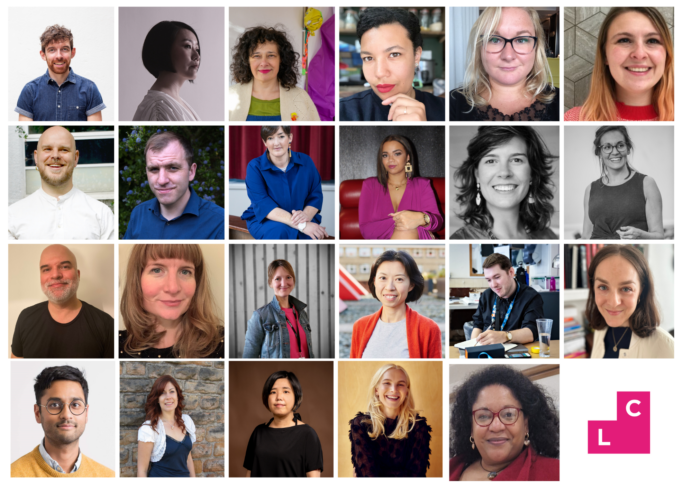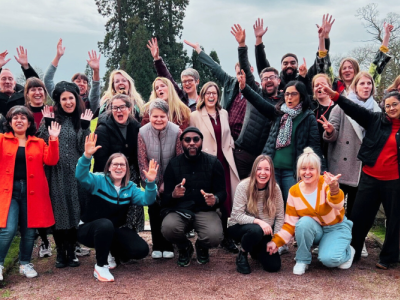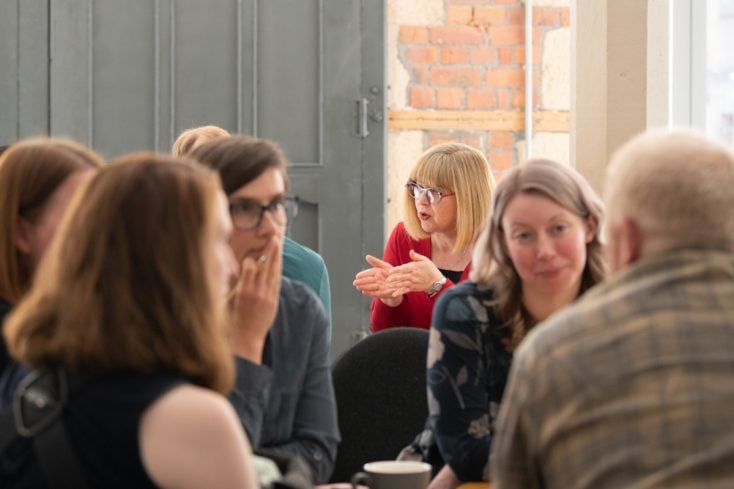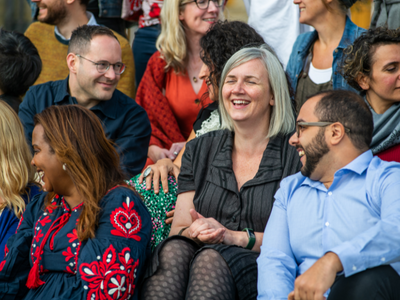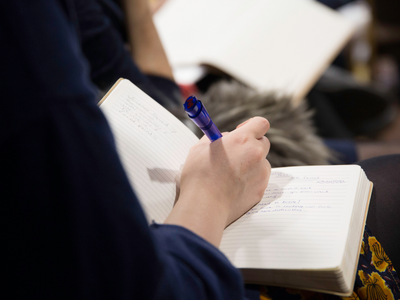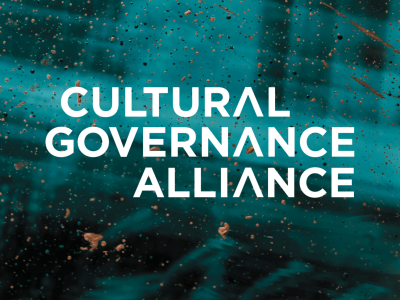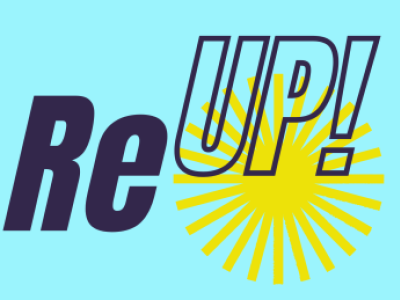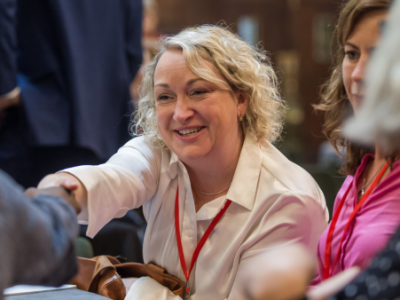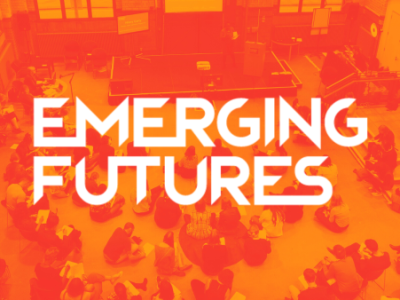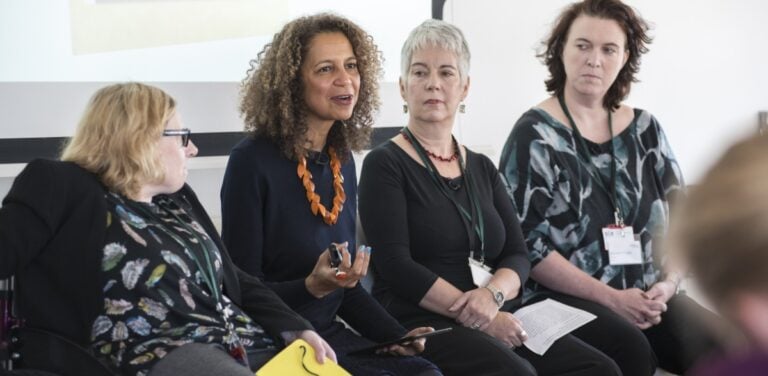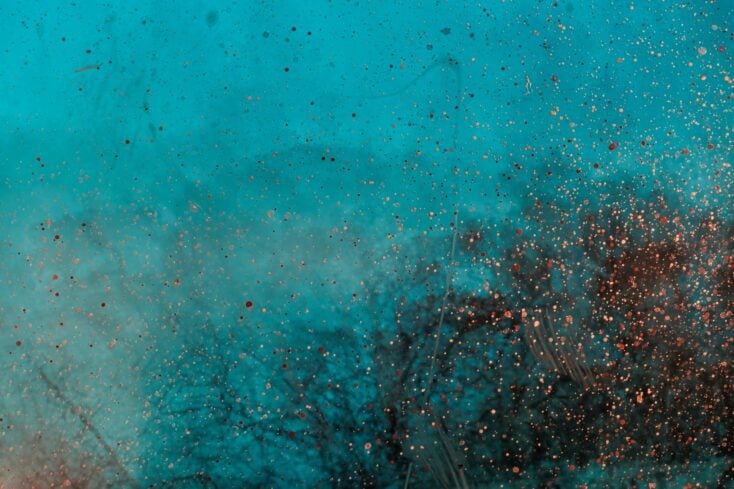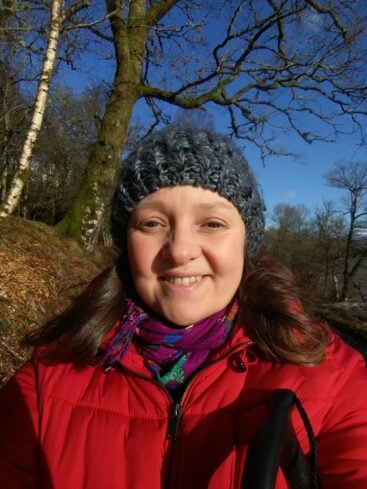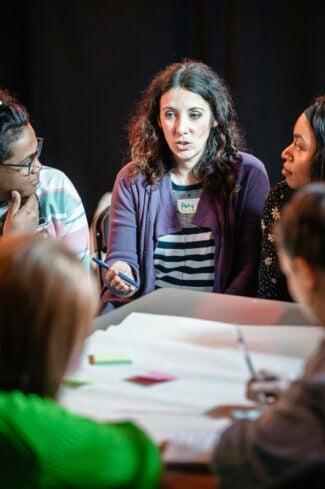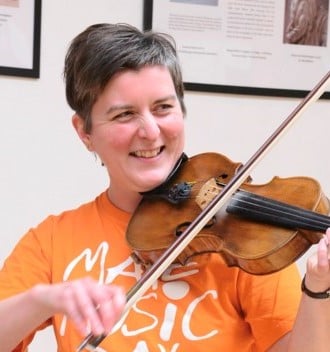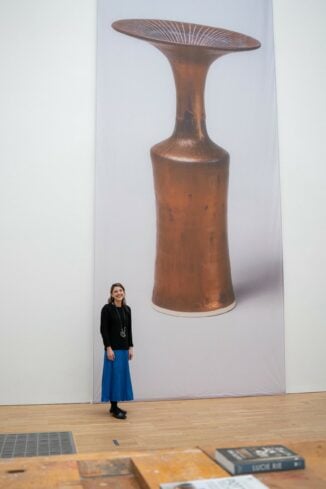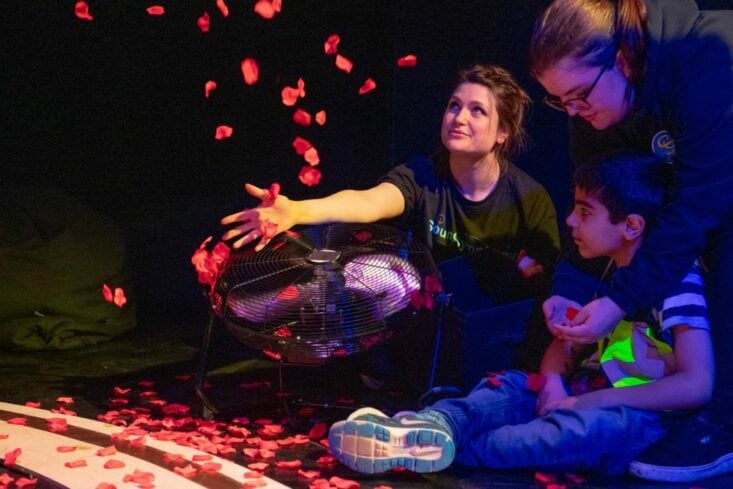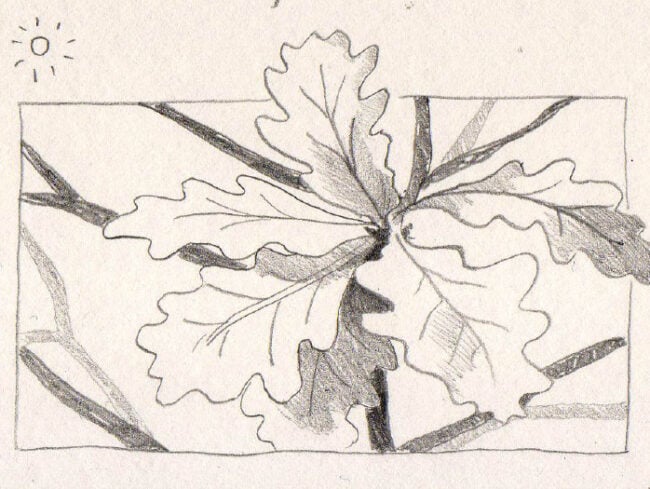Impactful Heritage: Adapting heritage organisations to how we live now
How can museums and heritage organisations adjust their presentation, programming, collections and business models in response to the challenging world around them? Being adaptable is the only way forward, says Tom Freshwater.
Challenging times
Those running heritage organisations in 2019 in the UK are only too aware of the challenging times in which we live. Whether an organisaton is local and voluntary, independent and prosperous, or state-funded and impoverished, the uncertainties created by the ongoing Brexit referendum and extended implementation period affect us all, and make planning difficult. Politicians and journalists acknowledge that Brexit is absorbing most of our governments’ attention and action for the foreseeable future.
There are very practical concerns, for example: budgets are hard to plan in times of economic uncertainty; how will domestic and foreign tourism in the UK be affected; will supporters and funders consider heritage to be a priority as circumstances change; will the political complexion of current and future governments affect how heritage gains direct and indirect support from the state? Established income streams and business models may have to change.
Beyond the formal political arena, there are ongoing movements that that all organisations are needing to respond to.
The climate change crisis we are entering has implications far beyond heritage – and the specific issues of old buildings coping with increasingly volatile climatic conditions, and sensitive museum collections are not easy or cheap to solve. Protest movements for change, such as the recently established Extinction Rebellion, are inspiring ‘declarations’ of solidarity and support from the cultural sector.
Social movements seeking better representation and acknowledgement for communities and sectors in society place demands on heritage organisations whose holdings connect to these identities. The 50th anniversary of the 1967 Sexual Offences Act in 2017 saw a groundswell of work in museums and heritage bodies to reflect LGBTQ stories and heritage. The #MeToo movement has added a contemporary edge to responses to the historic under-representation of works by artists who are women in art museum collections, as well as causing the ways in which relationships, partnerships and behaviours between artists, models and source materials are presented and interpreted.
Increasing awareness and activism regarding historical injustices relating to colonial and oppressive historic actions (such as slavery) are requiring heritage bodies to respond. The #RhodesMustFall movement and the #MuseumDetox groups have developed powerful ways to interrogate elite institutions and hold them to account, in some ways, for histories that may have been marginalised or deliberately erased as uncomfortable or troublesome.
These factors combine to create a changing climate for the audience and beneficiaries of heritage organisations. Research has shown that in times of challenge and austerity, large parts of the population reach out to connect with the familiar and the certain. At the same time, other parts of the audience based want to see greater, faster change[1]. A heritage organisation can find itself in the middle of a polarised debate with little preparation, resource or capacity to respond, feeling that whatever action it takes (including none) will lead to some harm to the organisation and its future activities. This was certainly a fear when the National Trust received extensive media coverage for its LGBTQ heritage programme in 2017 .
These changing factors in society can lead to organisations being led by those with different values at senior and governance levels to those working in, or being served by, the organisation – for example, recent issues where artists have created work criticising the arms trade links of Board members at the Whitney in New York or Trustee resignations over the sources of sponsorship.
There may be legal constraints too, posed by how an organisation is constituted, as can be seen with the British Museum’s de-accession policy which has a strong presumption of retaining its objects regardless of campaigns calling for cultural material to be returned to origin countries.
Given these uncertainties and challenges, how can leaders adapt to these conditions while continuing to deliver the mission and strategic objectives of the organisation and sustain the operation into the future?
15 Approaches to Adaptation
- Stick to your mission – Assuming the mission of the heritage organisation is not causing active harm to anyone (and how do you know?), the mission for your organisation should most likely remain. It may be, however, that your strategy and delivery methods need reviewing. For many organisations, your reputation and brand will be built on many years of working to the same mission, and possibly delivering in the same way. How might you achieve it differently accounting for the new circumstances that surround you? Leaders in this context need to be honest and open, and prepared to accept critique to inform the direction of change.
- Values and behaviours – Has there been a discussion among the leadership levels of the organisation to establish the values that are commonly held? Are there points of difference that should be explored? How will you ensure this is a genuine conversation rather than a rehearsing of well-worn lines? Have these conversations been held with teams across the organisation with leadership input so that expected values and behaviours are clear? Some organisations, such as the Glasgow Women’s Library use their clearly stated values to have a conversation about values at every project startup meeting, with the impact of greater team cohesion and clarity of focus for the projects and programmes that they create.
- Bring people with you – This always needs to be planned for, in all but exceptional circumstances. Sometimes this is the majority of the work involved: when the National Trust works to develop coastal zone management plans, about 50% of the budget should be allocated to communication and engagement activity[2]. Be mindful of your discussions about values and mission, and use stakeholder management tools to assess who you need to influence, or merely inform. Sometimes this may extend to building a community of interest around a particular place, topic or issue, and working to sustain that community over time. Leaders should consider if the team managing the organisation can better reflect the communities that it serves.
- Share power where you can – Increasingly the experience economy in which heritage sits finds emotional and financial value in getting more people involved – and often this enhances the delivery of the mission. There are various models of participation, usually working on a spectrum from ‘informing’ at one end to ‘empowering’ at the other[3]. It is likely that there will be different approaches for different areas of activity within the organisation – for example, it is unlikely any organisation can legally give away authority on legal compliance issues – but being curious about what would be the greatest extent to which you can be inclusive with decision making should open new ways to develop the organisation’s activity and impact. The ‘New Power’ way to approach this is to build your own community, and see your organisation as a platform in which others can be participants to a greater or lesser degree, unlocking a behaviour that to them is beneficial, and the enactment of which benefits the organisation.
- Foregrounding and voicing – If there are major topics or underlying issues that you, your beneficiaries and stakeholders feel need to be dealt with, deal with them. The example of the ‘Lives Bound Together’ at Mount Vernon (see image above) is a wonderful example of taking a long-standing thorny issue and putting it centre stage for the organisation, investing heavily in it with years of research, publication and interpretation, and thereby gaining credibility and respect – as well as informed and moved audiences. Without giving organisational attention, in the form of staff time, resource, leadership support, the treatment of such issues will feel tokenistic, and often expose an organisation to criticism from all sides regardless of good intentions. If there are multiple perspectives to be balanced on an issue, then consider whose voices are being used, and what weight is being given to them.
- Test and change what experiences you can create – Heritage organisations often work with constraints of sensitive sites and collections, sometimes with difficult access issues. For long established-organisations, the experiences offered to visitors may be set through decades of precedent rather than carefully curated and developed. A process of review is advisable, assessing who attends, where is there headroom for growth, and what opportunities might your constraints offer. A realization at the Manchester Museum that quiet weekday mornings would be a safe environment for families with autism has led to a regular slot being offered for visits. This approach can work for outdoor sites too: the High Line in New York (urban park on a disused elevated railway line) have developed their programmes over the last five years in response to extensive community consultation, which has broadened their definition of public from only those in receipt of housing subsidy to those who live and work close by to the park. They have altered their programming timings to cater less for out of city visitors than those who are constant neighbours[4]. There are also opportunities to go beyond programme to review operating models for specific places, finding ways to meet the needs of community close to a historic site, for example the new community hub space developed at Tredegar, Wales.
- Work with empathy and compassion – Effective adaptation requires deep understanding. Empathy and compassion can be thought of here broadly as better understanding of others, which inspires considerate action (definitions may differ). Empathy as a tool for product design is well-established but often lacking from heritage experience design. Practitioners such as Enni-Kukka Tuomala have introduced empathy as a creative process and also a planned-for outcome, which has led her to work in cultural contexts as well as with Finnish parliamentary politicians to increase mutual understanding across political spectrum. Working with empathy and compassion is likely to be a longer-term commitment than a quick fix, and create deep rooted relationships between people.
- Embrace complexity – Difficult issues are often detailed and complex, and can scare organisations and leaders with limited time and resource. Connected to ‘giving attention’ point above, a further way to approach is to embrace it wholeheartedly. Keep It Complex is an artists’ collective born out of a desire to act and campaign during the Brexit referendum. Their approach borrows from formal psychotherapeutic approaches to connect deeply with those whose opinions and values may greatly differ from your own. Effectively, these techniques seek to protect all of those within the conversation, while maintaining openness to difference and changing minds, even if those gains may be marginal and won over time.
- Influence the world around you – As well as delivering the mission of your organisation, there is strength in seeking to change the sea you swim in. Rather than lobbying – effectively knocking on the doors of those who hold power over your organisation – your programme can become your statement of intent. The work of the Smithsonian Asian Pacific American Center (APAC) is a 10-strong team, with no collection, or permanent home (yet), and which has a growing international influence. The programme APAC creates is multi-national, by finding allies and partners across USA and internationally to host culture labs, where a mutually agreed manifesto is developed to then commission artists and speakers to make work around certain questions and issues. This builds their reputation, lies within their means to achieve, and will ultimately affect the context they work in and help enable them to do more into the future[5].
- Multi-channel programming – In an age of fragmented media, shared experience takes on new meanings: essentially, becoming an aggregate many channels, of which a visit to a place / site is only one part. The corollary of this for leaders is to work on the principal your programme will inevitably have content that performs in different channels, such as: an exhibition or interpreted site, ticketed experience, publication, research, events programmes, PR activity, launch information, launch events, social media content, online events, podcasts, TV broadcast, retail offers. All of these have potential to ‘speak’ for you, and this needs to be managed in a co-ordinated way that combines the best thinking of cultural programme management, and brand, marketing and communications thinking. Frameworks such as AIDA highlight that a potential audience member or customer is likely to have many contacts with your output in lighter or deeper ways, so any organisation needs to ensure the content speaks coherently and in the right way. Leaders in heritage need to be aware of these dynamics given rapid communication often drives crisis – and if you are changing the offer, but not the mission, there is clear potential for misunderstandings to be created.
- Prepare your position – Usually the preserve of communications and press teams, it is vital that leaders prepare to defend activity that they know may cause critical commentary for their organisation. The clarity on values and mission will bethe basis for this – and getting the preferred version stated clearly and openly first, before critics inevitably twist intentions to their own purpose.
- Difficult means dynamic, not dull – Working in a responsive way with the many nuanced and layered challenges facing heritage organisations should create interesting, vital and relevant experiences and content for audiences and beneficiaries. Some of these may seem straightforward, as with the Manchester Museum’s offer to families with autism, but which fundamentally create a new experience of the world for those that otherwise could.
Benefits of adaptation
The list above is not exhaustive – and should grow as an organisation learns to adapt to the changing world around it. Three key beneficial consequences should be borne in mind:
Porosity – An organisation that is open to new thinking, new people and new ways to delivery its mission will have a better interchange with the society that it serves. It will be better informed about what people need from it, and how those needs can be met and provided. More opportunities will emerge through these conversations, and more advocates and supporters for the organisation will be created.
Programming – Leaders who understand programming know how to adapt. For a heritage organisation the programme is best thought of as the full menu offered to visitors or beneficiaries. Just as restaurants of different types develop a menu that fits their situation, a heritage or cultural organisation needs to do the same. It can be a place of reassurance to those that need it, and at other times for other people, it can be a place of experimentation and daring, being a testing ground for new ideas. Ideas grown through programmatic testing become established, and adapted into core business once their effectiveness has been proved.
Power – An adaptable organisation is a powerful one – especially when it clearly articulates that its power derives from the relationships that it has grown and nurtured. Power can be the power to convene, or comment, or foreground, or to balance. It doesn’t necessarily means being the strongest or the biggest.
References
[1] National Trust internal audience insight reports 2016-18.
[2] Personal communication, National Trust Coast and Marine Advisor.
[3] What is public participation, from Involve and also the work of Nina Simon at The Participatory Museum.
[4] Interview with Maritza Carmona, Manager of Community and Government Relations, Friends of the High Line, 31 July 2019.
[5] Interview with Lisa Sasaki, APAC Director, 31 July 2019.
Themes Inclusive Leadership Practice Practices of Self Care Qualities of Leadership
